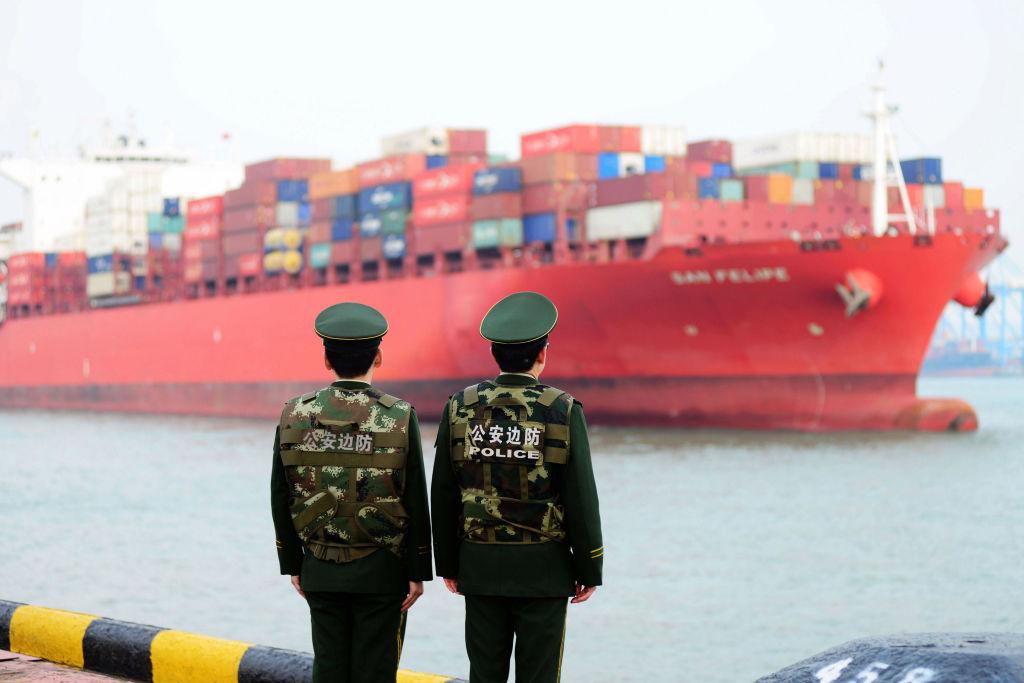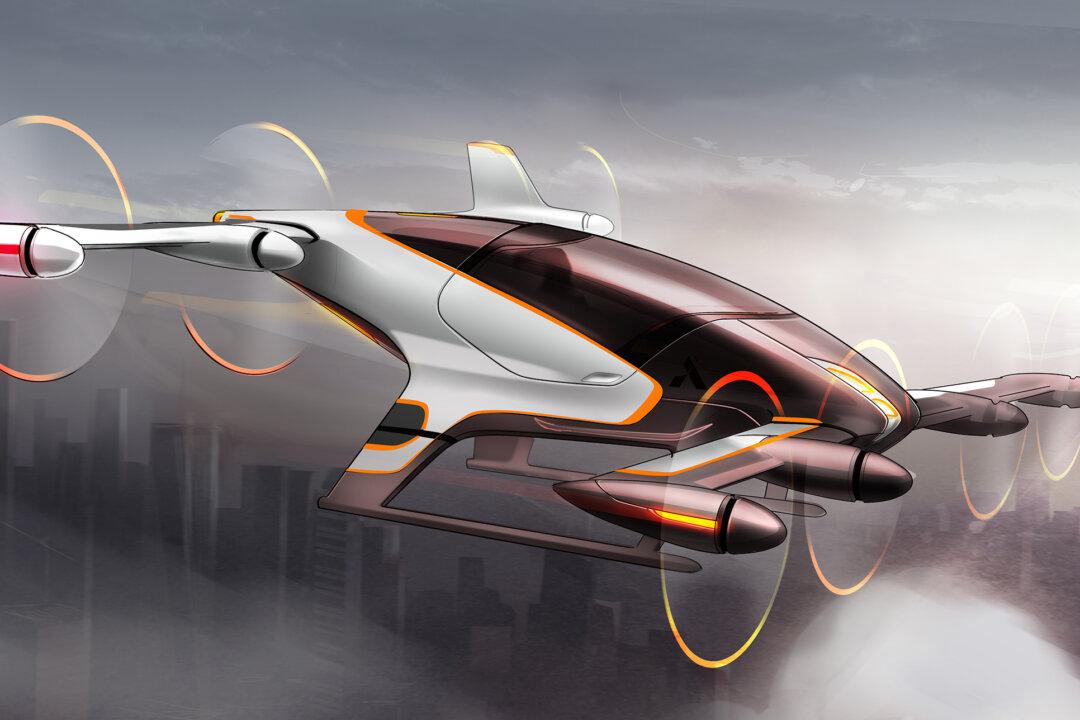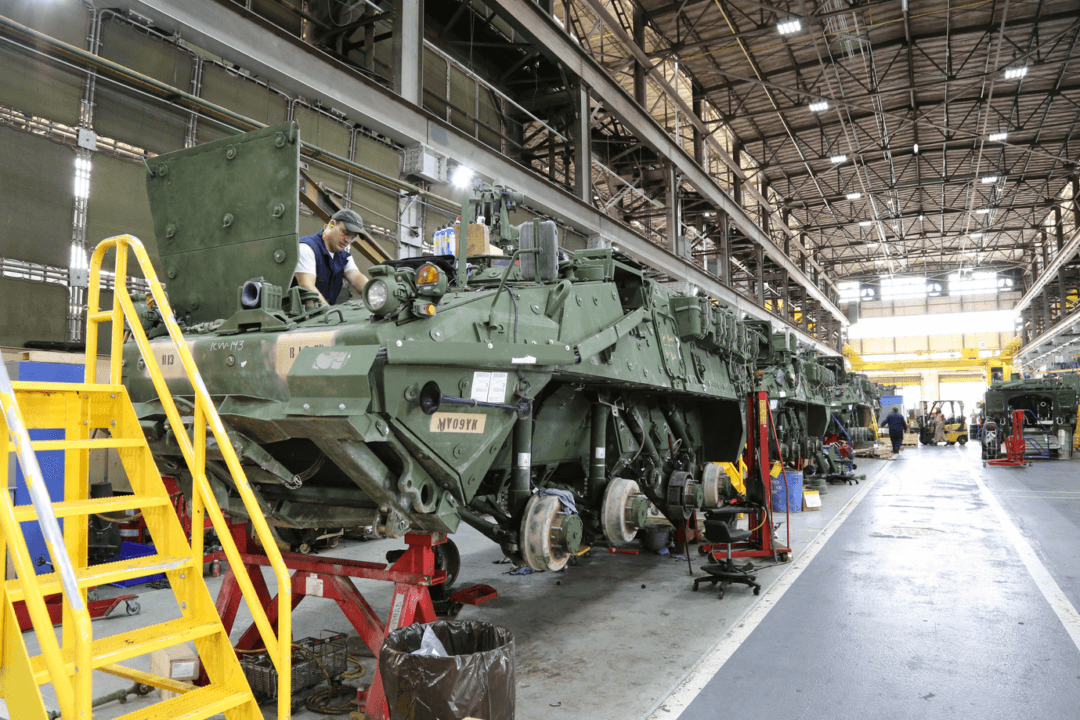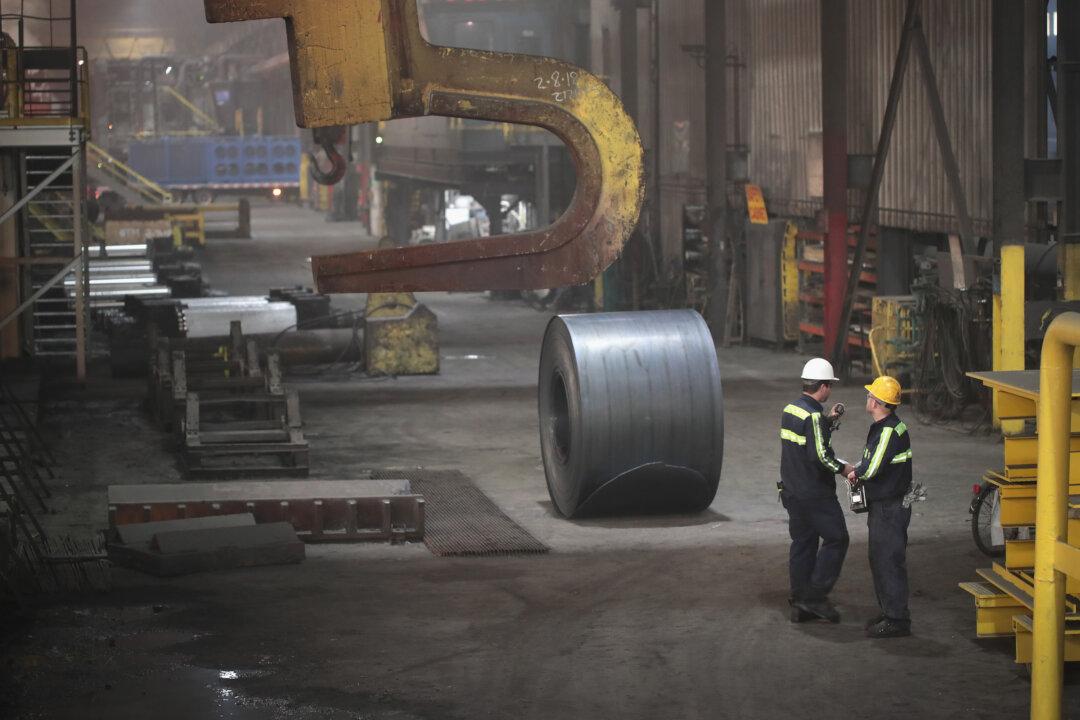Your first moves in a fight are never the main ones. They are designed to feel out the competition, to engage, and to get a feel for an opponent’s speed, power, response, penetration, and reflex. Once you get an idea of your opponents’ strengths and weaknesses, then you launch an attack on them with the intent to try to knock them out, push them back, scare them away, or—if you are bold enough—incapacitate them.
On March 22, the Trump administration slapped $50 billion to $60 billion in tariffs on Chinese goods entering the United States. This indicates that the United States is very serious about repairing the $375 billion trade deficit with China and ending Chinese economic theft. This first retaliatory shot in the industrial war with China is likely designed to feel them out, to get an idea of how to strike them, and to counter their strikes.





